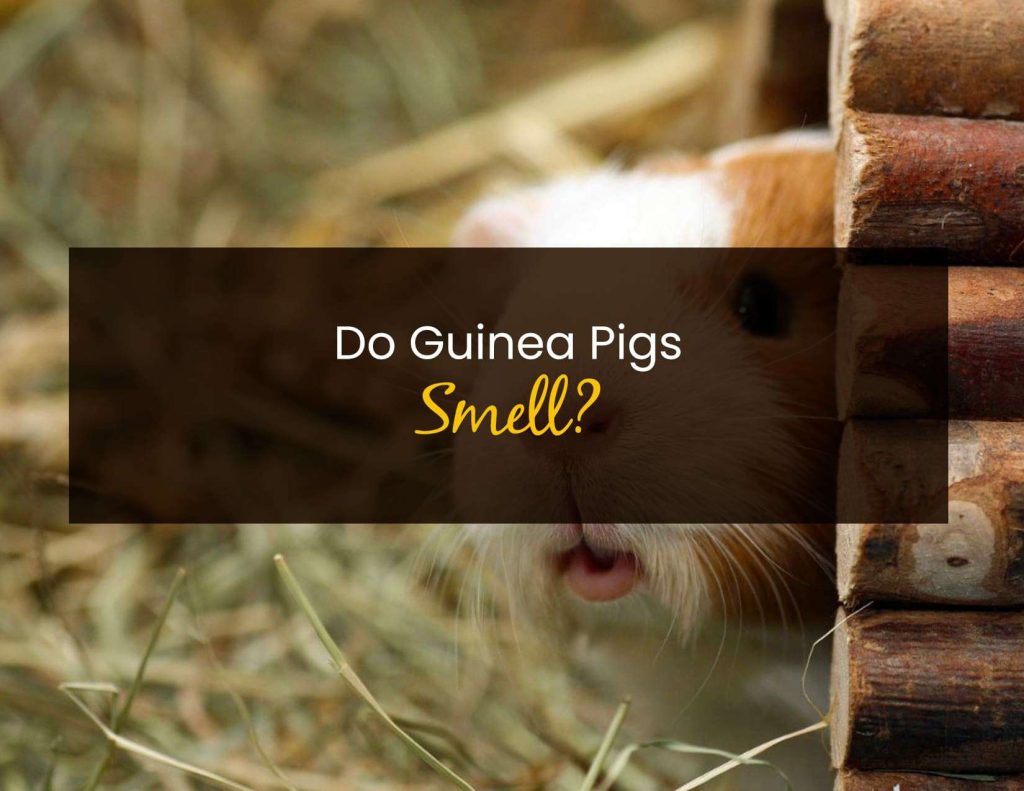For any new pet owner, one of the first things that they must consider when bringing a mammal into their home is their potential to shed. Shedding may not be problematic for some, but for others, it is better to be avoided. When it comes to ferrets, do they shed?
Ferrets lightly shed year-round, but during the spring and fall, they experience seasonal molting. Seasonal molting is brought on by the influence of light on their coats. Therefore, if your ferret is exposed to a greater amount of natural light, its shedding phases may occur later in the seasons.
Ferrets are fun pets that are full of curiosity, energy, and personality. These animals are great pets to have at home if you are looking for something small and manageable, but just as most other mammals with fur, they do shed. If you are considering bringing a ferret home, take a look below to find out when ferrets shed, how much they shed, what influences their shedding, and how to help your ferret when they are in the midst of a heavy shedding season.
When Do Ferrets Shed?
Ferrets can be found in a variety of different colors that host a variance of different hair lengths as well. For those who own short-hair breeds, they may be inclined to think that shedding will not occur. On the flip side, those who own long-haired breeds may think that shedding will be absolutely prolific. When it comes down to it though, all ferrets are going to shed, it is simply a matter of when. Therefore, take a look below to find out just when shedding does happen.
Ferrets lightly shed year-round, but they experience two heavy sheds each year, which can be identified as seasonal molting. Seasonal molting occurs during the spring and fall months, but will differ for each ferret. This occurs between June and August as well as October and November.
Seasonal molting occurs to aid your ferret in shedding the thick coats that they no longer need. During this period of shedding, they will lose a noticeable amount of hair compared to their normal shedding that you see year round. However, you should be well-prepared during those spring and fall months to see your ferret lose hair in substantial amounts. Watch the calendar and you will be able to determine just when your ferret will begin its seasonal molting.
Outside of seasonal shedding, your ferret will lightly shed throughout the entirety of the year. It is often noted that ferrets shed so lightly that owners don’t even notice until spring and fall arrive when they are obligated to help groom them. Ferrets are not hypoallergenic animals, but they shed very little between the periods of seasonal molting, making them great pets for those that are rather sensitive to pet dander or prefer a pet that does not shed profusely year-round.
How Much Do Ferrets Shed?

Knowing that ferrets do in fact shed, you may be wondering if these seasonal molting sessions really are worth the mess or if they are relatively easy to navigate through. For individuals that are looking for a low-shedding pet, this can be a huge deciding factor when it comes to potentially bringing home a ferret. Take a look below to see just how much ferrets shed and be sure to weigh this before deciding to take in one of your own.
Generally, ferrets are very light shedders, but during times of seasonal molting, they’re capable of losing quite a bit of fur. During these times, long-haired ferrets tend to lose much more than those that are short-haired, however, when the season ends, they’ll resume their normal shedding state.
Ferrets are different from most mammals in that they do not shed as obviously during months when they are not experiencing seasonal molting. They will lose hair from time to time that you will see on clothing or furniture, but it will not be so much that you will feel as if their shedding is encroaching on your home’s cleanliness. However, when ferrets go through seasonal shedding, their hair loss will be extremely evident.
Seasonal molting occurs as ferrets’ bodies attempt to free them of any unneeded hair so that they can more comfortably live in a warmer environment. When this happens, the hair loss will be great, but it will happen rather quickly and will also depend on the type of ferret that you have. Some ferrets will take on more fur in the winter months, which means a greater loss in the spring. However, some will have a smaller buildup, which means less seasonal shedding.
What Influences Ferret Seasonal and Off-Season Shedding?
It may seem like the seasonal shedding that your ferret experiences is something that just naturally occurs, which it does, but there are a few different factors that help to influence this process. Although there is not much you need to do as an owner to jumpstart their shedding in spring and fall, there are a few different factors that either cause this process to start earlier or later. When it comes to seasonal shedding, what are the different influencers?
The various influencers that contribute to a ferret’s shedding include the natural seasonal cycles, their exposure to light, and their food intake. These various components influence when and how much shredding occurs seasonally, but throughout the year as well.
When it comes to seasonal shedding specifically, one of the most obvious influencers is the natural seasonal changes that occur within the environment. When spring comes along and the air begins to warm as daylight time begins to extend, your ferret’s body reacts to the change and senses that there is no longer a need for a heavy winter coat. Because of this, they will begin to shed that thick layer and trade it for a lighter fur for summer.
Outside of the seasonal changes that influence the time at which your ferret goes through its most apparent shedding period is the component of light. Ferrets are very photosensitive, which means their shedding periods are oftentimes heavily influenced by how much natural light they are exposed to. If you have a ferret that is not often exposed to natural light, its shedding period may come later in both spring and fall.
Food intake can also cause your ferret to shed more or less outside of those heavy seasonal sheds. If your ferret is not being fed a proper diet that is full of healthy proteins or is being fed foods that are not appropriate for its digestive system, this can cause them to shed more often due to the inability for their skin to produce and retain strong and healthy hairs. Always be sure to feed your ferret what is appropriate for their specific diet.
How to Aid a Ferret in Seasonal Shedding Periods

When you notice that spring and fall are on their way, you may start to notice that your ferret is slowly beginning to lose more and more of its coat. This will be a progressive transition of molting, but once it starts, it will come full force. When you notice that your ferret is beginning to lose its hair, you may be wondering if there is anything you can do to speed this process along, but also keep your ferret comfortable.
When your ferret’s seasonal shedding period begins, there are a few things you can do to help aid the process, minimize shedding within your home, and keep hair from pilling up within your ferret’s cage. This includes brushing your ferret with a soft brush and occasionally bathing them.
One of the most beneficial and effective things you can do to help rid your ferret of unneeded excess fur is to brush them with a soft hair-removal brush. These brushes are specifically made for small pets with medium to thick coats and they do an incredible job of taking away any lingering hair that needs to be shed. This can be done as often as your ferret is shedding, just be sure to be gentle with your strokes and allow your ferret to get comfortable with the process.
Outside of bruising your ferret regularly to help reduce shedding, you can also bathe your pet as this gives you the ability to get deep into their coat and wash away droves of loose hair. Take caution with this though because you do not want to over bathe your ferret, causing them to develop uncomfortably dry skin. To avoid this, only bathe your ferret once a month during their shedding period, and always be sure to thoroughly dry them.










